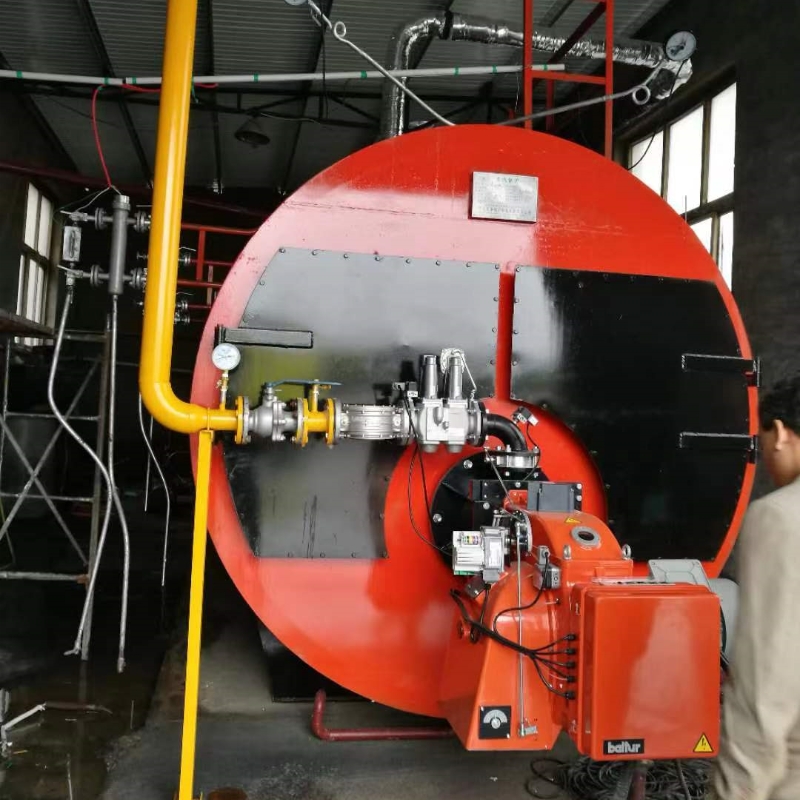
Янв . 20, 2025 12:41 Back to list
furnace oil fired steam boiler
Determining the cost of a steam furnace is pivotal for any business or homeowner considering this advanced heating solution. To offer a comprehensive understanding, it's essential to explore the factors influencing the initial investment, ongoing operational expenses, and the potential long-term savings. With experience in the field of sustainable heating systems, the nuances of selecting and maintaining a steam furnace become apparent.
Trustworthiness arises from the ongoing operational efficiency of the steam furnace. Compared to traditional systems, modern steam furnaces are often more energy-efficient, leading to reduced utility bills. This efficiency stems from innovations in design and technology aimed at minimizing heat loss and maximizing steam production. As energy prices fluctuate, the consistent low energy consumption of a steam furnace can result in significant savings. Moreover, the maintenance requirements for steam furnaces are generally less intensive than for other heating systems, providing further cost benefits. Routine checks and minor servicing are necessary, but major repairs are infrequent when the system is properly installed and used. Investing in routine maintenance is advisable as it ensures the system’s efficiency and extends its lifespan, lowering the overall cost of ownership. Finally, considering environmental impact, steam furnaces contribute to a reduced carbon footprint when compared to older, less efficient heating technologies. For environmentally conscious users, the investment in steam technology supports sustainability goals. This aspect not only fulfills personal or organizational values but can also be financially rewarded through various subsidies or incentives aimed at promoting green energy solutions. In conclusion, the cost of a steam furnace is an interplay of initial investment, maintenance expenses, operational efficiency, and brand reliability. For those looking to make a sound financial decision, balancing these factors against the backdrop of environmental benefits creates a compelling case for the investment in a steam furnace system. Choosing wisely, in line with expert advice and authoritative recommendations, ensures both financial and operational satisfaction, solidifying steam furnaces as a future-proof heating solution.


Trustworthiness arises from the ongoing operational efficiency of the steam furnace. Compared to traditional systems, modern steam furnaces are often more energy-efficient, leading to reduced utility bills. This efficiency stems from innovations in design and technology aimed at minimizing heat loss and maximizing steam production. As energy prices fluctuate, the consistent low energy consumption of a steam furnace can result in significant savings. Moreover, the maintenance requirements for steam furnaces are generally less intensive than for other heating systems, providing further cost benefits. Routine checks and minor servicing are necessary, but major repairs are infrequent when the system is properly installed and used. Investing in routine maintenance is advisable as it ensures the system’s efficiency and extends its lifespan, lowering the overall cost of ownership. Finally, considering environmental impact, steam furnaces contribute to a reduced carbon footprint when compared to older, less efficient heating technologies. For environmentally conscious users, the investment in steam technology supports sustainability goals. This aspect not only fulfills personal or organizational values but can also be financially rewarded through various subsidies or incentives aimed at promoting green energy solutions. In conclusion, the cost of a steam furnace is an interplay of initial investment, maintenance expenses, operational efficiency, and brand reliability. For those looking to make a sound financial decision, balancing these factors against the backdrop of environmental benefits creates a compelling case for the investment in a steam furnace system. Choosing wisely, in line with expert advice and authoritative recommendations, ensures both financial and operational satisfaction, solidifying steam furnaces as a future-proof heating solution.
Share
Prev:
Next:
Latest News
-
High-Efficiency On-Off Steam Boiler for Reliable Heating Solutions Compare with Off Boiler Water Heaters & Steam Generators
NewsJun.24,2025
-
Best Steam Boiler Design PDF Free Design Calculation & Diagram Downloads
NewsJun.10,2025
-
Hot Boiler Water Heater Efficient Heating Solutions for Home & Commercial Use
NewsJun.10,2025
-
Steam Boiler Safety Devices High-Quality Protection Valves
NewsJun.10,2025
-
Ultimate Steam Boiler Checklist for Safety & Efficiency
NewsJun.10,2025
-
Optimal Hot Water Boiler Temperature Setting Guide
NewsJun.10,2025
Related PRODUCTS
Copyright © 2025 HEBEI HONGZE BOILER MANUFACTURING CO., LTD. All Rights Reserved. Sitemap | Privacy Policy






















